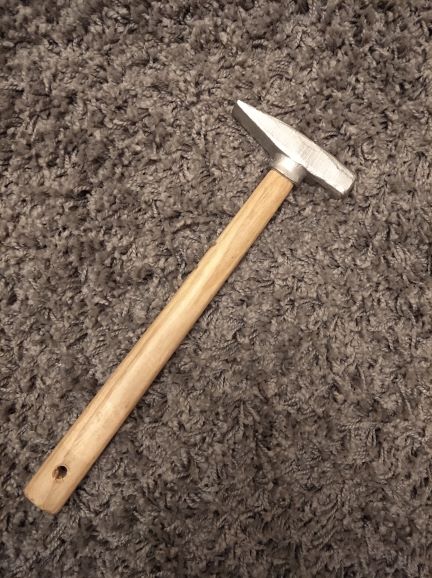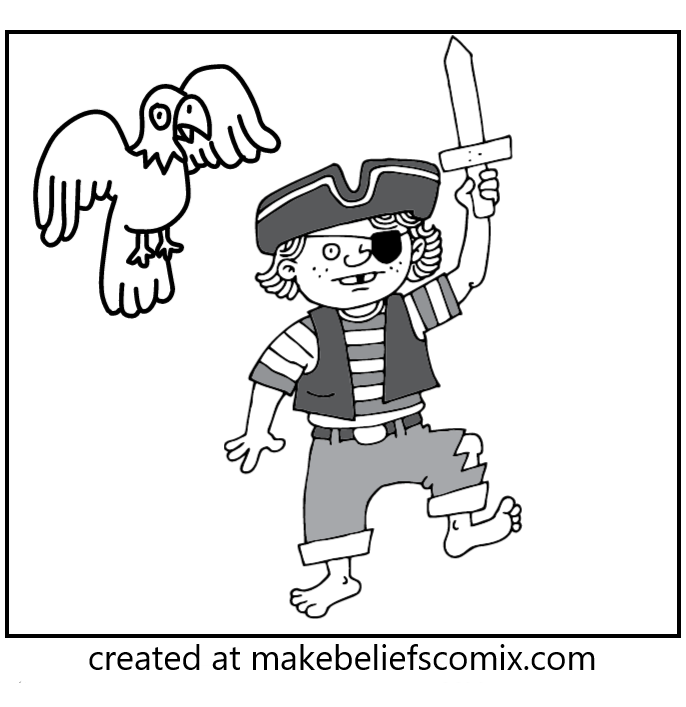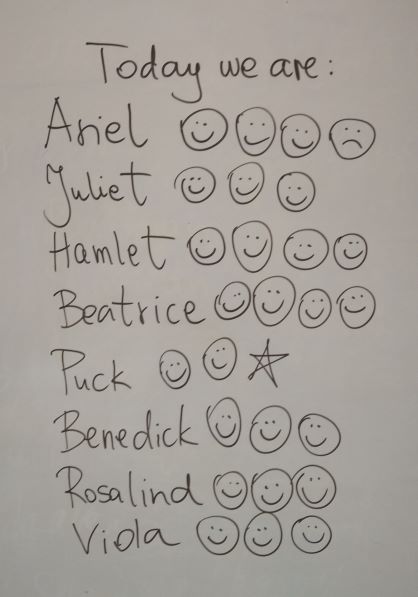The hammer

This was my first year in teaching and my first year in teaching in a state school. As it happened, I was assigned all the year 1 of middle school classes. That was and would be entertaining enough, even with the most amazing students (which most of them were, anyway).
One of them was class D, an unfortunate by-product of the educational reform in the country. Unlike all the other classes at school, it was made up of children coming from the villages surrounding my town (so that they could all go home together on the school bus) with a few students that were repeating the year. A rather unfortunate combination because it not only labelled them as the weak class academically (yes, at the time at least, the students coming from the regional schools did not achieve as good results as the city students) but it also set them apart as the ‘village class’ with all the preconceptions and biases. When it comes to English, they were the only class that was not given the privilege of mini-classes for the purpose of the English lessons (just because their total number did not go over 24).
I did try and I did have some superstars in this class, too, clever and dedicated students, but, overall, I also had quite a few weaker, not very motivated students, too, and a few really difficult cases. One of them was Sasha. She used to be a bright student in primary, with great results but then, due to the neglect in the family that the system could not really handle very well, she just resigned herself to being ‘a weak student’ and ‘a troublemaker’. They are there, in every class, and you just learn to manage them and I was doing ok, for the first-year teacher.
A morning from hell
Now, that particular day was different. Some handymen were in the classroom, during the break or before the lessons and they were fixing something there. They must have been in a hurry because they had left a hammer behind. When we entered, together, because the students were not allowed to be in the classroom without a teacher, it was just lying there, on one of the cupboards.
We got in and everyone got down to their regular start-of-the-lesson routine – sitting down, taking out coursebooks and pencil cases. Sasha, however, my dear student, Sasha, saw the hammer and the opportunity to create mayhem.
Before I had a chance to react by hiding it, she dropped her bag at her desk, ran back to the cupboard and grabbed the hammer. I did ask her a few times to put it down, but, of course, she did not pick it up just to put it down just because I was asking her to. At that point I knew I had lost, the class they I had lost and Sasha knew I had lost.
After a minute of this theatre, she just laughed in my face, opened the door and ran out into the hallway. And was running up and down, laughing. An empty hallway, at the time, but with a row of huge windows, potted plants, framed diplomas, cups awards glass cupboard and, potentially, a few late-comers wandering in the hallway. Not to mention the harm that she could have potentially inflicted on herself. Joy!
The dilemma
There are two ground rules that they teach you pretty quickly. One is that you should never leave the students on their own in the classroom because they are you are responsible for them with your life, pretty much. The same applies to any student that, officially, should be in class at the time of the lesson. You are responsible for them, too.
The other rule is that once you are in the classroom, the kids are your responsibility and if you need help you should ask for it in such a way that does not show your weakness. No matter who is going to come to the rescue, parents, mentor or headmaster, the lesson time is your kingdom and you should rule it. No one will do it for you. By asking for help too openly or by referring to the outsiders you are digging your own grave because it will become clear, pretty quickly, that you are not capable of handling it all by yourself.
So here was my dilemma that I had about a second to think about: I cannot leave the room because I cannot leave the kids all by themselves, I cannot let Sasha just ran in the hallway and I cannot really call anyone for help, really. Or that, rather, I should not.
Obviously, I wouldn’t have had any of those dilemmas to deal with if I had managed to remove the hammer in time but, in my defense, this is definitely something that I could not imagine being in the classroom and so there was no way that I could have prepared for that.
The last act
So I did what had to be done. I told the kids to stay in their seats, no matter what and I left the room but I kept the door open, to signal to anyone else, passing by that we are dealing with some kind of an emergency. And, walking past Sasha, still running and shouting in the hallway, I did go directly to the headmaster’s office. I needed help and I had to get it. I entered the office and I think I said three words: Mr Headmaster, Sir. Sasha found a hammer in the classroom and is running in the hallway. Please, help.
He did. I left him to deal with Sasha and I went back to my classroom. I was out for three minutes. Nothing happened. They sorted it out, talked to her, she came back to the classroom about 20 minutes into the lesson. We went on.
I am not sure what other choices I had at the time. To send one of my more reasonable students to inform the headmaster? Maybe. To inspect the entire classroom before we all get in? Possibly. To raise hell afterwards in order to find out why the hammer got forgotten in the classroom? Probably.
I am not sure whether what I did was the best way out. I am glad that the school where I work now is small enough and I only need to open the door and call out for help, in case of an emergency without having to leave the kids on their own. I am also curious whether the state schools, with many more students, in large buildings, have any system of early warning in place. In case of a hammer, a nosebleed, a loss of consciousness and what not…
What would you do, dear readers?
P.S. Don’t forget to check all the other epic fail stories: classroom management, rewards’ chart and craft.


